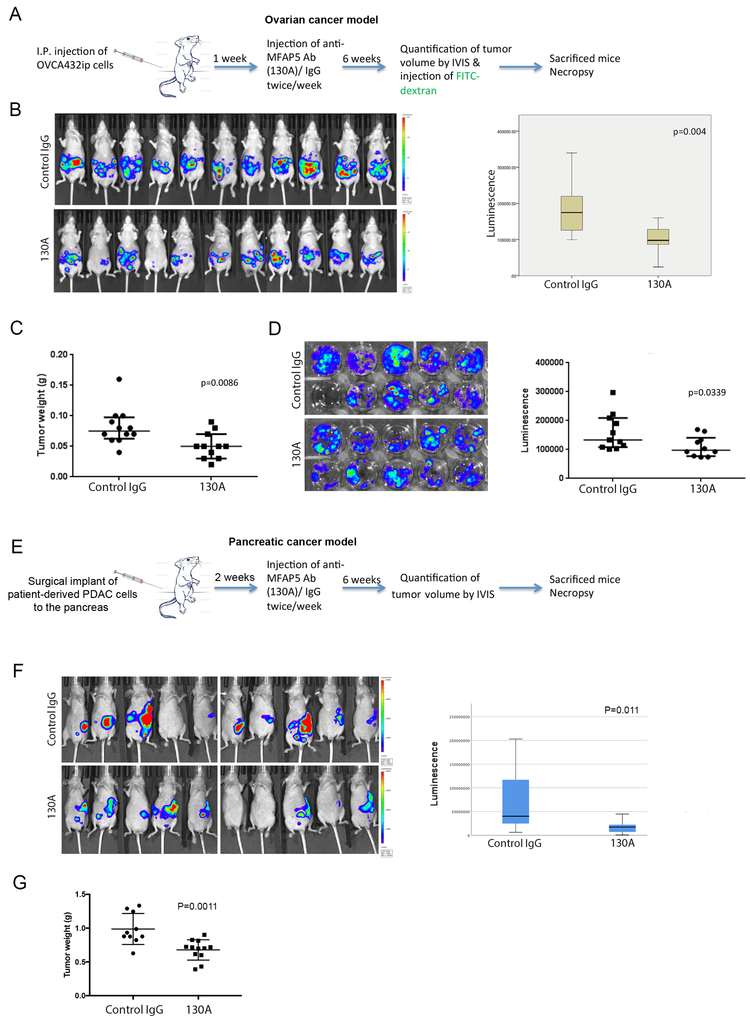Figure 4. MFAP5-targeting monoclonal antibody suppress ovarian and pancreatic cancer progression in mice.
(A) Schematic of the procedures used to evaluate the effects of treatment with an anti-mfap5 antibody on ovarian cancer progression in vivo. (B) Bioluminescence measurement of ovarian tumor progression in the control IgG and anti-MFAP5 monoclonal antibody treatment groups of mice showed significantly lower luciferase activity in the anti-MFAP5 antibody-treated groups than in the control group (P=0.004). In the box plot, the boxes represent the interquartile range of the records, and the lines across the boxes indicate the median luminescence signals. The whiskers indicate the highest and lowest values among the records that are no more than 1.5 times greater than the interquartile range. (C) After necropsy, the tumor weight was recorded for each animal, significantly reduced tumor dry weights were detected in animal treatment with an anti-MFAP5 antibody (P=0.0086). (D) Schematic of the procedures used to evaluate the effects of treatment with an anti-MFAP5 antibody on pancreatic cancer progression in vivo. (E) Bioluminescence measurement of pancreatic tumor progression in the control IgG and anti-MFAP5 monoclonal antibody treatment groups of mice showed significantly lower luciferase activity in the anti-mfap5 antibody-treated groups than in the control group (P=0.011). In the box plot, the boxes represent the interquartile range of the records, and the lines across the boxes indicate the median luminescence signals. The whiskers indicate the highest and lowest values among the records that are no more than 1.5 times greater than the interquartile range. (F) After necropsy, the tumor weight was recorded for each animal, significantly reduced tumor weights were detected in animal treatment with an anti-MFAP5 antibody (P=0.0011).

